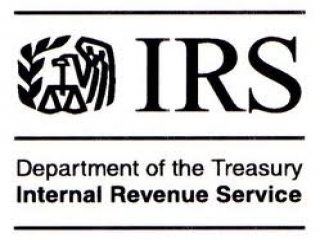 |
IRS issues guidance on Section 179 expenses and Section 168(g) depreciation under Tax Cuts and Jobs Act
Source:
irs.gov
- Jan 3, 2019
IR-2018-257, December 21, 2018
WASHINGTON — The Internal Revenue Service issued Revenue Procedure 2019-08 today to provide guidance on deducting expenses under Section 179(a) and on deducting depreciation under Section 168(g). These rules, as amended by the Tax Cuts and Jobs Act (TCJA) in December 2017, generally apply to tax years beginning after 2017.
Section 179 allows taxpayers to deduct the cost of certain property as an expense when the property is placed in service. For tax years beginning after 2017, the TCJA increased the maximum Section 179 expense deduction from $500,000 to $1 million. The phase-out limit increased from $2 million to $2.5 million. These amounts are indexed for inflation for tax years beginning after 2018.
The Section 179 deduction applies to tangible personal property such as machinery and equipment purchased for use in a trade or business, and if the taxpayer elects, qualified real property. The TCJA amended the definition of qualified real property to mean qualified improvement property and some improvements to nonresidential real property, such as roofs; heating, ventilation and air-conditioning property; fire protection and alarm systems; and security systems. Revenue Procedure 2019-08 explains how taxpayers can elect to treat qualified real property as Section 179 property.
For tax years beginning after 2017, the TCJA also expanded the businesses that must use the alternative depreciation system under Section 168(g) (ADS). A farming business can elect out of the interest deduction limit of Section 163(j). If it does, the business must use the ADS for property with a recovery period of 10 years or more. A real property trade or business can also elect out of the Section 163(j) limit. If it does, the business must use the ADS for nonresidential real property, residential rental property, and qualified improvement property. Revenue Procedure 2019-08 explains how electing real property trades or businesses or farming businesses change to the ADS for property placed in service before 2018, and provides that it is not a change in accounting method.
Finally, the TCJA changed the ADS recovery period of residential rental property. For property placed in service after 2017, the recovery period is 30 years. It was formerly 40 years. Revenue Procedure 2019-08 provides an optional depreciation table for residential rental property depreciated under the ADS with a 30-year recovery period.
Businesses can find updates on TCJA implementation on the Tax Reform page of IRS.gov.
CLICK SOURCE TO ACCESS THE FULL IRS.GOV SITE--FULL OF FORMS INSTRUCTIONS VIDEOS ARTICLES, ETC TO HELP YOU BECOME A MORE INFORMED TAXPAYER
Category: General Business
|

